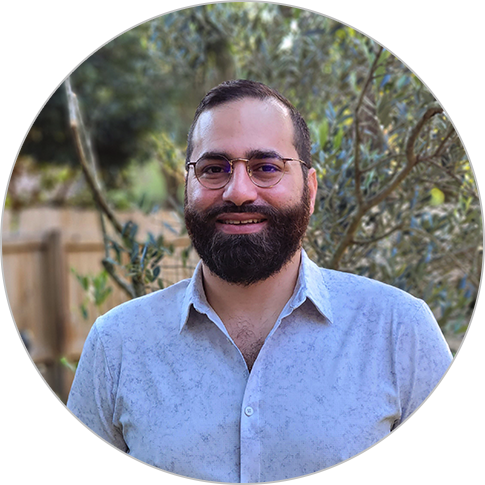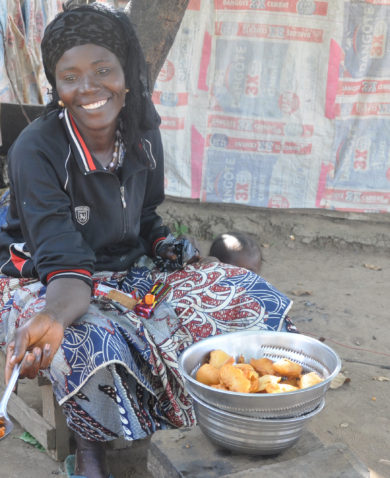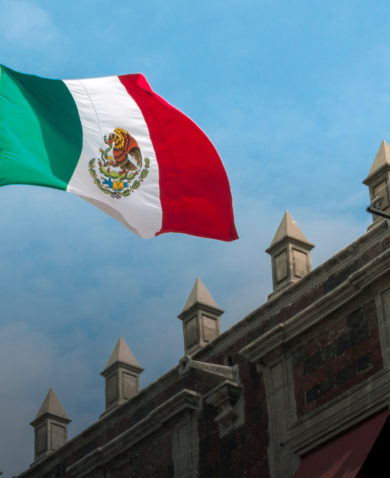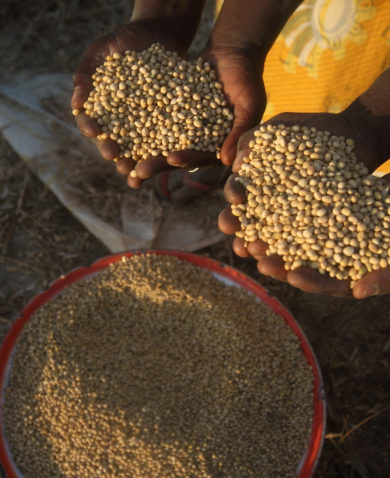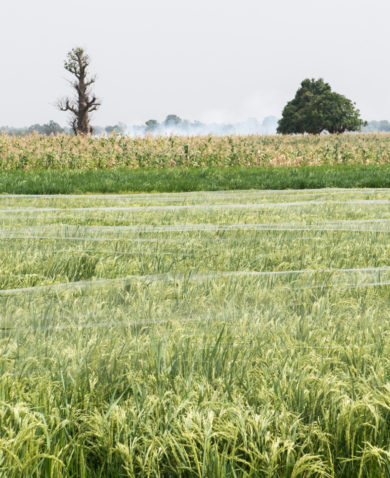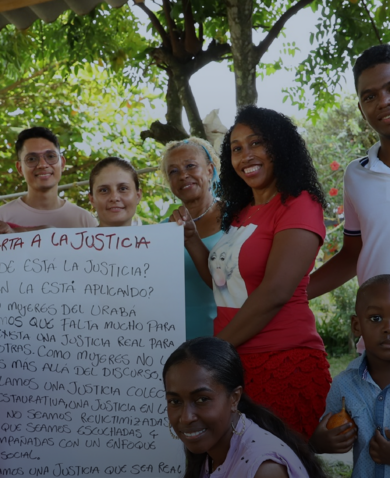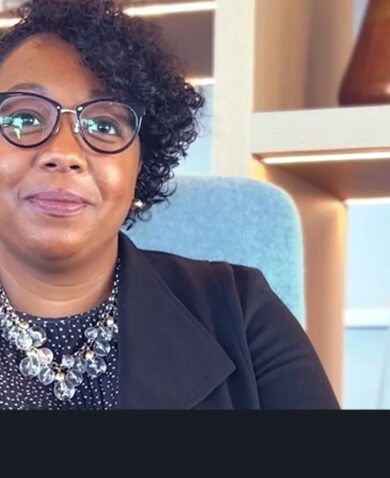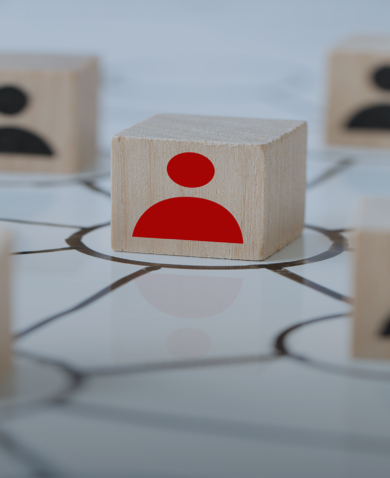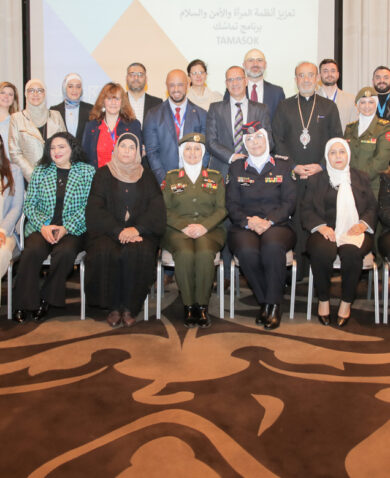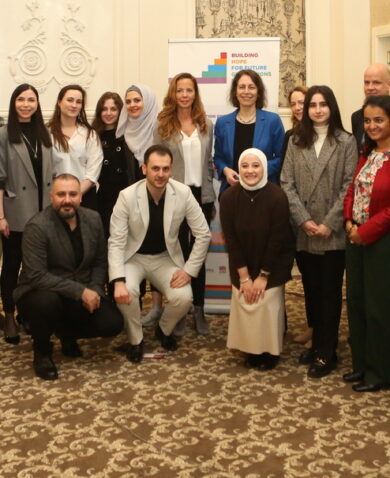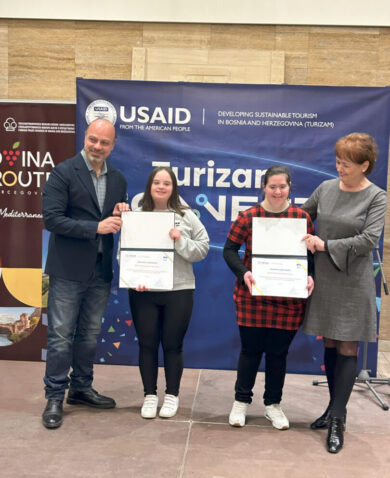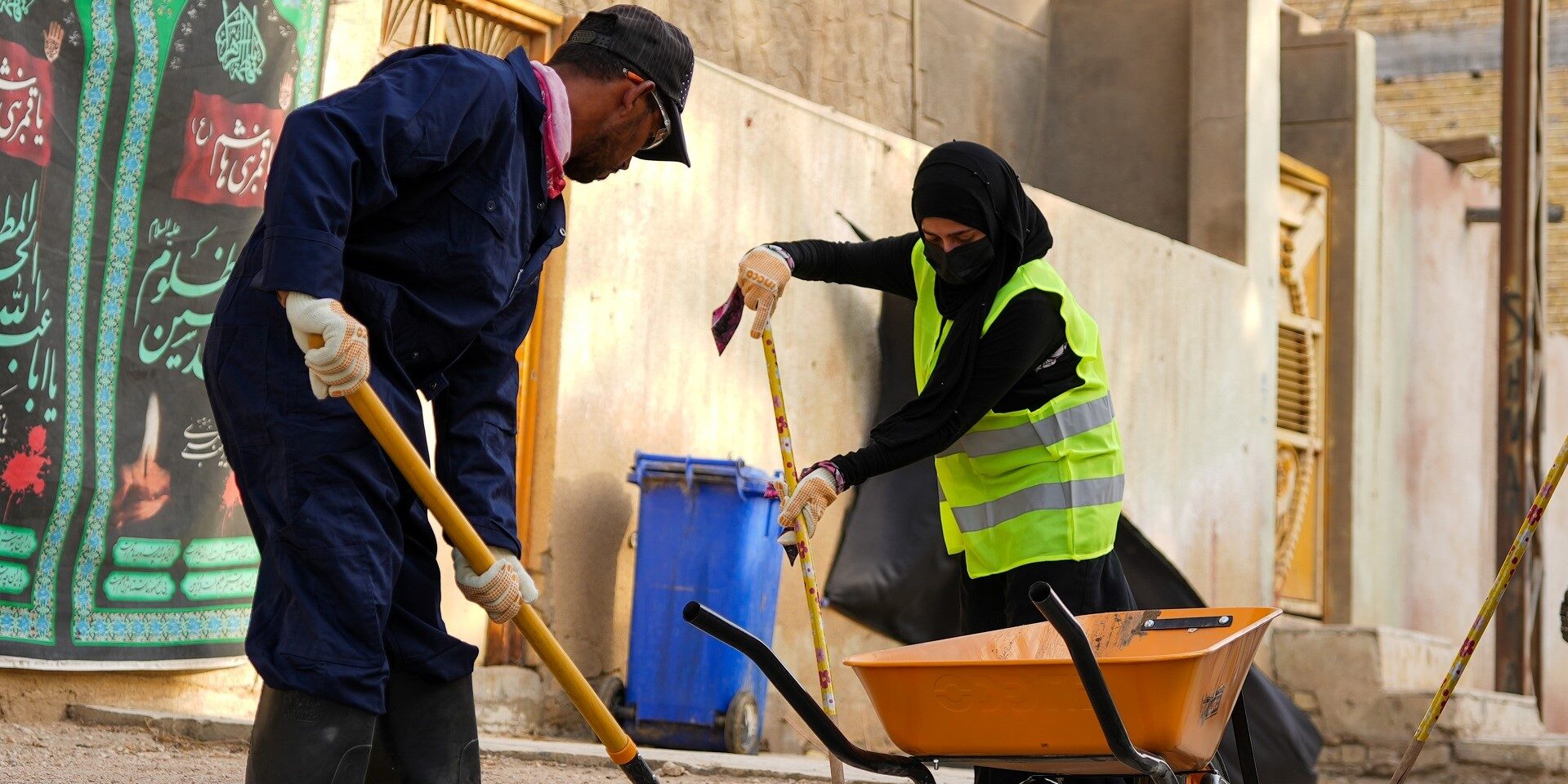
Why Holistic Inclusion Matters for Stabilization Programs
September 28, 2022 | 5 Minute ReadUnderstanding the context of a place is one of the first tasks of a stabilization program, and the social fabric of a community is critical to that knowledge.
A deep understanding of the gender and social norms, and the complexities influencing stability, is needed to ensure stabilization programming is addressing the right problem, in the right way. This often starts with talking to members of the community and local colleagues, reading reports, and, these days, monitoring social media to track trends. In challenging, hard-to-reach environments, this usually means engaging those knowledgeable individuals who are the easiest to reach – those who have the privilege of education and access to more opportunity. Often, this means older men. This approach has left out a critical segment of communities and, we believe, those who are allies for transformative change. Instead, by taking a more inclusive approach that accounts for diverse gender and social dynamics when attempting to understand a specific context and design activities, development practitioners are more likely to identify innovative ideas and windows of opportunity for groups within a community that have historically been excluded.
How to Foster Inclusion in the Most Complex and Challenging Environments? Start with Recruitment.
We often invest in recruiting diverse teams already to ensure we represent the communities we are supporting. To do this, we engage our team in a collaborative process to understand the dynamics driving relations between different gender and social groups and then ensure that our management approach accounts for this. It is important to leave preconceived ideas of what gender equity and social inclusion may look like in that specific context at the door. Are rigid gender norms and other barriers excluding women from specific roles? Are specific socioeconomic or ethnic groups excluded from the sector? What are we doing to create a more accessible work environment and facilitate employment of people with disabilities? Is our team truly as representative as we think? Once identified, we then collaborate with our team to address those gaps and inclusion goals internally. You cannot advance more inclusive programming if you are not living those values yourself. This must happen with leadership support to communicate its importance.
Project members from our stabilization program in Iraq share three steps for implementing a holistic inclusion approach.
Look within Your Own Team.
On our stabilization program in Iraq, after conducting an internal gender equity and social inclusion (GESI) audit using specific inclusion metrics, we established an eight-person committee tasked with continuously reflecting on and championing GESI within the program. The committee members were selected via an open and inclusive process, based on individual expressions of interest, and included colleagues from all units to ensure we had different perspectives. We engaged a GESI technical expert to provide the committee with foundational knowledge and a framework to begin the process of addressing inclusivity in a systematic way. The committee started by identifying internal ways for us to be more inclusive. For example, several awareness-raising sessions were held discussing the complex topics of gender and social inclusion and unconscious bias in Iraq. More simple interventions, like ensuring all members of the team felt like they had the support to travel to project sites, emerged. As the committee matured, over time we saw a culture of inclusion develop where staff were organically recommending ideas. This change in culture was on display when a staff member shared their disability with a trusted colleague informed about GESI, who then provided guidance that they could self-report and request accommodations. While project leadership championed this effort, the power and heart of the undertaking were the members who knew how to raise awareness, build alliances, and shift to a culture of inclusion.
Create Systematic Ways to Integrate GESI in Programming.
Our internal commitment to inclusion is directly linked to an external shift in programming. With a foundational knowledge of gender equality and social inclusion, our team became more thoughtful and intentional at each stage of the activity cycle. Our program revised critical project guidance, approaches, and templates to ensure community consultations which were used to better understand all community dynamics, not just the perspectives of those easiest to reach but to go further and identify priorities from often excluded community members. We designed community consultations that provided greater opportunities for women and diverse populations to engage. In some communities this meant holding separate sessions, while in others it was simply ensuring our facilitators were also women and representative of those communities hardest to reach.
Most importantly, we started to view the composition of our partners on the ground differently. Were they able to access all aspects of the community? Did they have members that represented all components? In a country like Iraq where communities have been divided due to years of conflict, this was a critical consideration. Activity implementation became more inclusive and accessible to all social groups, taking into consideration how services are distributed, the accessibility of physical spaces, accommodations for people with disabilities, and the timing and location of events. When it comes to learning, we also revised our tools to facilitate input and learning from women and underrepresented groups, which was particularly useful in areas where traditional gender norms restrict access to women. In one of the community consultations in southern Iraq a women mentioned: “This is [the] first time someone takes my opinion.”
Implementing an Inclusive Approach in Iraq.
In one community, we identified the need to rehabilitate a park to facilitate engagement between different members of the community that distrusted one another after the occupation of the Islamic State of Iraq and Syria. During the design phase, the team interviewed people with disabilities and women to consult them on the design. For the women, this was critical, since the community held conservative values, resulting in making public areas inaccessible to them. Once complete, a greater number of women, children, and families used the park compared to parks previously renovated without taking these diverse groups into consideration, leading to more social interaction between different community groups. At the opening event of the park, approximately 40 women and 40 children attended, including local female civil society representatives, principals of female-only schools, and local female leaders. There are not any social spaces for women to visit in the town and this park has been the first venue that can be visited by women. So, while a park that welcomes all individuals may not appear innovative at face value, it is an important milestone in this context. And the activity proved how an inclusive design can lead to more effective outcomes that serve underrepresented groups.
So, what does this mean for stabilization programs in Iraq and elsewhere? Practitioners are constantly juggling the priorities of donors while continuing to deliver effective programming. Mainstreaming GESI must not be viewed from the lens of one additional priority to consider, but rather as a principal component to sound management and effective programming. This could be achieved by using the same pillars that drive effective stabilization programming: 1) start with the team you work with to understand the context, 2) leverage international expertise, and 3) use evidence to inform best practice, pilot innovative ideas, and scale what works. Most importantly, ensure buy-in and ownership from diverse members across the project to create an integrated approach to GESI and a team committed to fostering a culture of inclusion.
Banner image caption: A woman participating in a cleanup campaign in a more conservative locality in Iraq. Our holistic approach to inclusion has engaged and mobilized historically marginalized and excluded parts of the community in a meaningful way.
Posts on the blog represent the views of the authors and do not necessarily represent the views of Chemonics.

